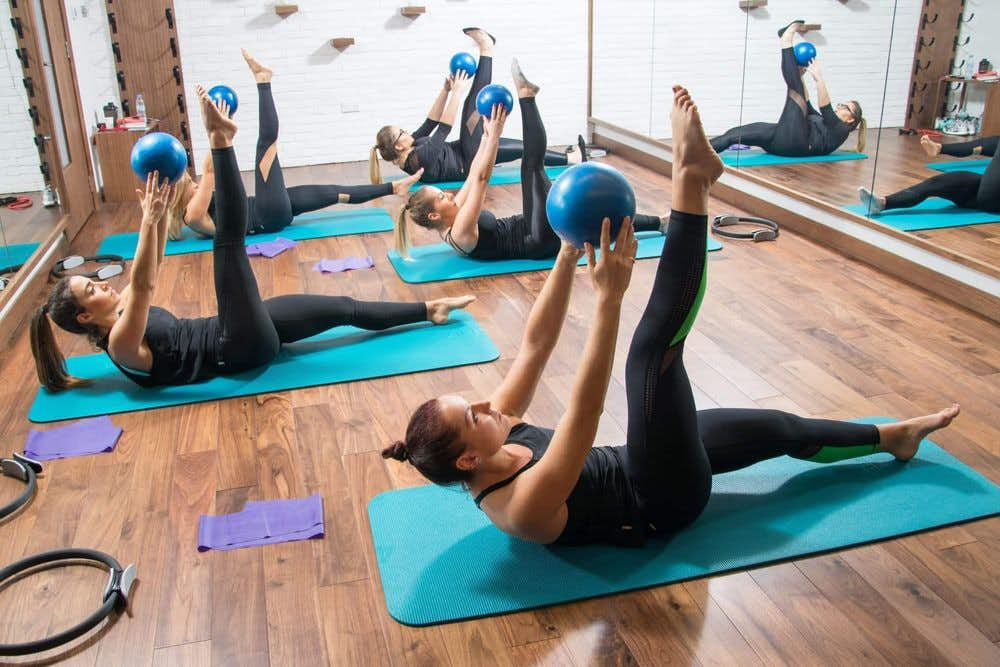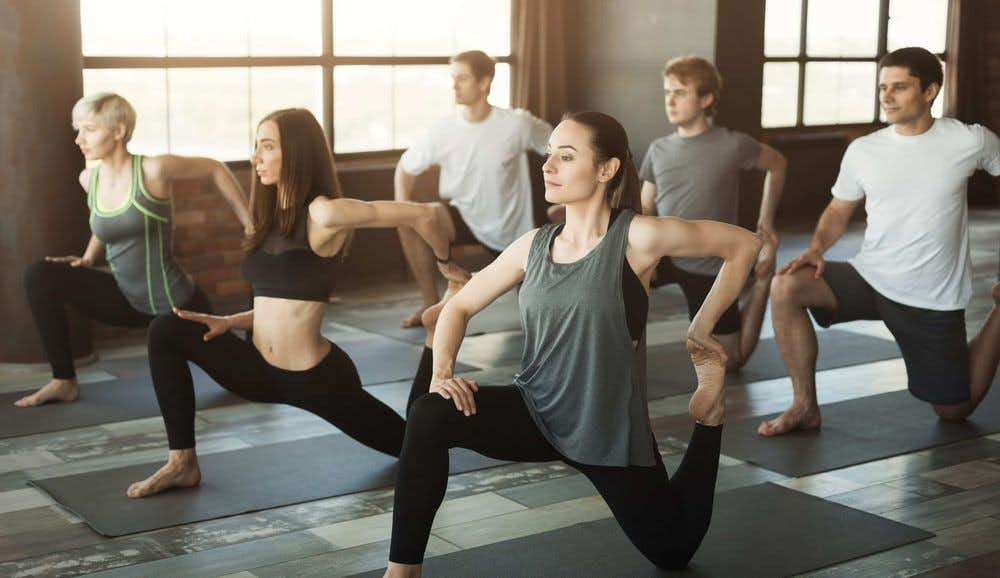August 20th, 2018

“Physical fitness is the first requisite of happiness.” - Joseph Pilates
Exercise these days has become a part of modern society’s definition of developing and maintaining a healthy lifestyle, both physically and mentally. It is a key component in striving to keep up with our culture’s obsession with health and wellness. It is a good obsession to have. Some examples of types of exercise include:
But exercise can be much more than just a physical workout, it can help to alleviate stress and anxiety while bringing about wellness to our mental health. Mind-body exercise is its own category of fitness that encompasses the idea of focusing on connecting our mental awareness with our physical bodies. According to a “group of researchers from the University of Illinois at Urbana-Champaign reported in the Journal of Physical Activity & Health that people have significantly superior brain function after a mindful movement practice like Pilates or Yoga compared to aerobic exercise” (pilatesbridge.com). Some examples of mind-body exercise regimens include:
Pilates is a type of mind-body exercise regimen that was developed in Germany during the 1920’s by a man named Joseph Pilates. Pilates was originally called “Contrology”, which demonstrates how both the exercises and the meaning of the system were designed to invite control into one’s life. It was initially created to help aid injured soldiers after World War I to recover from their injuries while they were bed-bound. The system was eventually brought to New York where it was recognized by dancers, athletes, and every day people.
Classically, the Pilates system involves a series of exercises that were intended to be performed in a specific order and in a specific manner. Over time, the system has evolved to be accessible and adaptable to people of all ages with a variety of physical backgrounds and limitations. It’s main focus is based around strengthening the core and working on both stability and mobility of the body.
There are 6 basic principles in the Pilates system. They each correspond directly to the exercises, but they also take on a deeper meaning into the mental aspect of mind-body health. Below is a list of the 6 basic principles, how they are defined in terms of the Pilates system, and also how their meanings are relatable to mental health.

When people think of Pilates, it is most likely because they have seen a poster at the gym, heard a friend complaining about their sore Pilates abs, or have read about celebrities incorporating it into their lives. The craze is true, there are many physical benefits to practicing Pilates. Some of these physical benefits include:
It is obvious that there are physical benefits to practicing Pilates, but there are also a number of benefits to the mind and one’s mental health. Due to the 6 principles (centering, concentration, control, precision, breath, and flow), as defined above, it is easy to understand how Pilates can benefit more than just the physical body. Some of the mental benefits of Pilates include:

If you are new to Pilates, it might feel or sound intimidating to try a whole new regimen of exercise. It is common for people to enter a class or private session with these types of nerves. Remind yourself of all of the physical and mental health benefits that you can obtain through practicing Pilates. Try some of these ways to start incorporating Pilates into your life:
Resources:
Our Services
Virtual/Online CarePHP and IOPAdult PsychiatryChild & Adolescent PsychiatryAdult TherapyChild & Adolescent TherapyCouples CounselingFamily TherapyGroup TherapyPsychological TestingTranscranial Magnetic Stimulation (TMS)